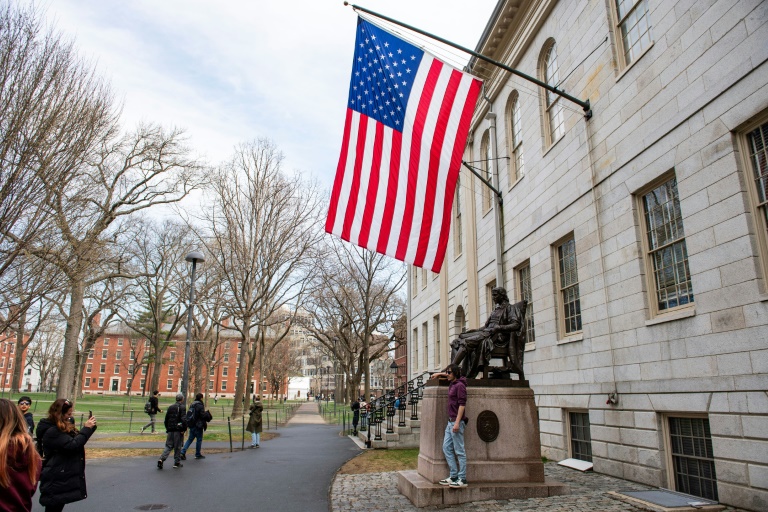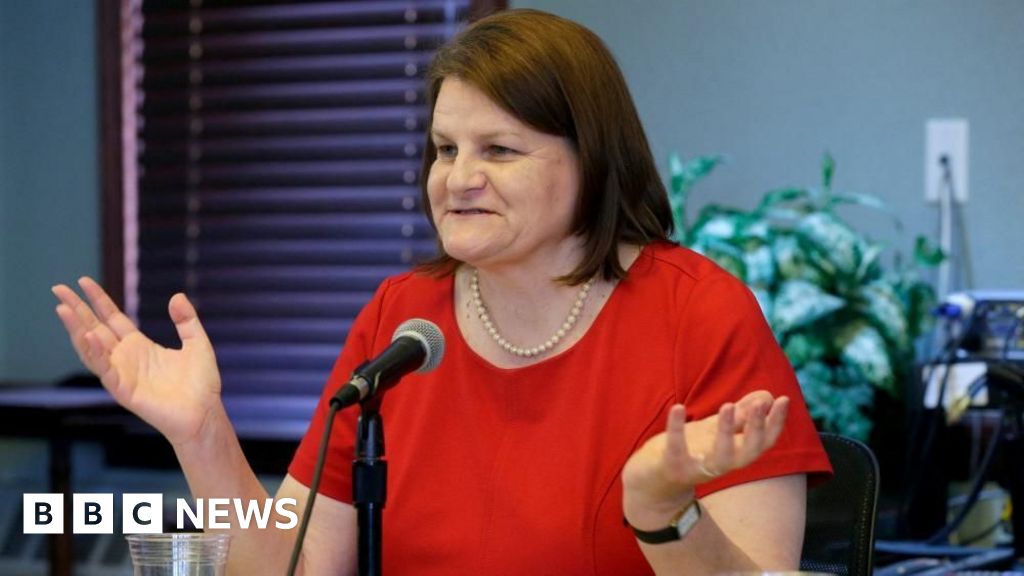Fr. Heimerl: Pope Francis misused St. Francis’ name to promote ‘eco-paganism’ in the Church –
(LifeSiteNews) — I have written a lot about Pope Francis in recent years. After his death, it therefore seems all the more important to me to look at the other Francis, the “real” Francis, if you like, the holy original and not the one who merely took his name.
It is fitting to remember that St. Francis of Assisi wrote his most famous text exactly 800 years ago: the “Canticle of the Sun.”
The saint was almost blind at the time; an eye operation, which was quite common at the time, had also worsened his situation. Seen in this light, the “Canticle of the Sun” is his spiritual legacy, and of course, it is a very personal text which, like all texts, also has a cultural and historical context.
You can tell from the “Canticle of the Sun” that St. Francis was very familiar with the French poetry of his time; it is basically a typical high medieval love poem, the song of a man whose heart is inflamed with love.
Of course, it is a supernatural love, but that is not what matters at first, but the fact that Francis is so imbued with this love that he praises God like a French troubadour.
The “Canticle of the Sun” is thus the hymn of a singer who is completely in love with God. He turns everything he can still perceive – half blind – into witnesses of his experience of love with “Brother Moon” and “Sister Sun,” until finally the whole of creation becomes a mirror of the One his soul loves.
Against this backdrop, St. Francis is not describing an experience of nature, but attempts to describe a mystical experience of God in the vivid language of the Middle Ages. He is not concerned with anything else.
Anyone who thinks that the “Canticle of the Sun” is a nature poem, on the other hand, has understood Francis as little as the poetry of the High Middle Ages as a whole.
For this reason alone, “Canticle of the Sun” cannot be appropriated by those “climate pagans” who populate the Church today and believe that our salvation depends on “saving” the environment. No, it does not, and unlike Pope Francis, St. Francis would never have seen it that way!
St. Francis is not an “eco-saint,” not someone who waffles on about a “fraternal” environment, but someone who is inflamed by the One who is the great unknown in the Church today: our only Savior Jesus Christ.
Everything that has been created was created out of nothing for Christ, and everything will be completed through Christ. This is precisely what St. Francis expresses in his “Canticle of the Sun.” Here, everything earthly is only a reference to God, but it is never what it is actually about. Nature remains merely symbolic and has no end in itself.
Pope Francis, on the other hand, took a different view, and his encyclical Laudato si remained nothing more than a failed homage to the “Canticle of the Sun” of his supposed role model.
While St. Francis of Assisi’s text reaches out to the divine Beloved, the Pope of the same name did everything he could to implement a new eco-paganism in the Church, which was infused with a good deal of South American liberation theology.
On the last stretch of his life, St. Francis could barely see the natural sunlight, but the inner light of his burning love for Christ made the entire cosmos shine – and this experience is what his “Canticle of the Sun” is all about; it is a work of spiritual and not secular poetry.
Anyone who knows St. Francis of Assisi knows that this man is not a saint who allows himself to be abused. He is not suitable as a namesake for a “left-wing” pope or as a figurehead for ecclesiastical “climate saviors.” He is what we should all become: someone who fell in love with Christ and who sang a love song when he wrote the “Canticle of the Sun.”
I hope that we all join in with this love song. The song we hear in the Church today, on the other hand, is, according to Goethe, mostly just a “nasty song, a political song,” and we also have Pope Francis to thank for this.
He undoubtedly failed the Saint of Assisi, and his choice of name remained a cheesy cliché at best. Jorge Mario Bergoglio had nothing in common with the troubadour from Assisi; the “Pope of the Poor” never achieved the spiritual radiance of the “Poverello,” whose “Canticle of the Sun” still describes the tenderness of his experience of God after 800 years. In reality, the saint never stood for “social justice” and ecclesiastical socialism, and the pope who named himself after him was only a false prophet as “Francis.”














